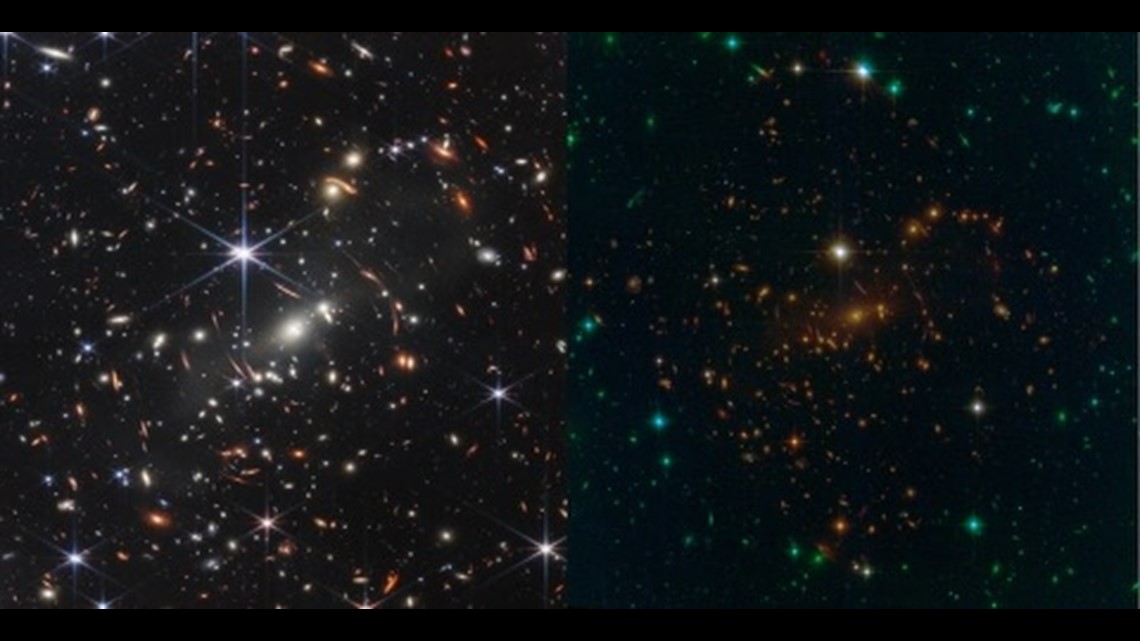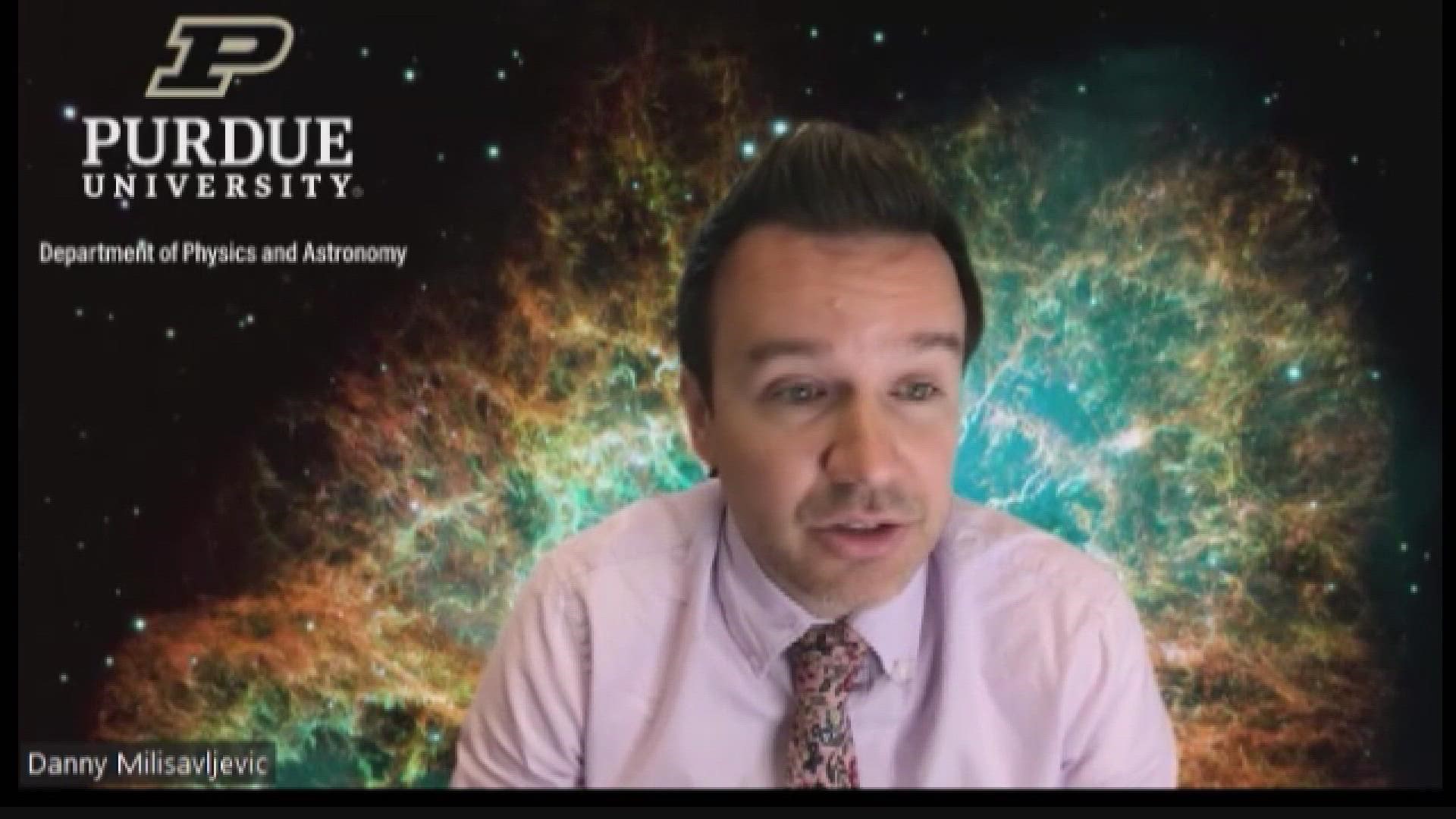WEST LAFAYETTE, Ind. — On Christmas Day 2021, Purdue professor Danny Milisavljevic watched in fascination with colleagues from around the world as the James Webb Space Telescope - a $10 billion telescope designed to see further into the reaches of the cosmos with more clarity than any other telescope in the history of mankind - launched into space.
Since then, it’s been a waiting game to see if the observatory capable of shining light on some of the earliest mysteries of our universe would go through the proper stages necessary to take successful images.
“Up until now, it's been engineering data and calibrations, demonstrating that things are working well. And, as each release came out, we could see how the the focus was getting better, right, the temperature was going lower, so that they go to longer and longer wavelengths,” Milisavljevic said.
Scientists like Milisavljevic have been waiting patiently all through this last week, knowing the telescope's first images would trickle through this week. Then, the White House announced President Joe Biden would be unveiling the very first full-color images from that telescope a day early.
The first image, called Webb’s First Deep Field, shows galaxy cluster SMACS 0723 in great detail. It's thousands of galaxies, billions of years away. It was a sneak peek that blew scientists like Milisavljevic away.
"Simply put - today marks a new era of science. Today, we saw the first true science-ready image from the Webb telescope," Milisavljevic said.
Purdue scientists already compared the image released Monday to that of Hubble, in awe of the new detail.
"With all the anticipation, could they do it? They did. And they delivered in a major, huge way. And I can't wait to see all that's going to come in the upcoming days, weeks, and years," Milisavljevic said.


NASA's ultimate plan is to use the telescope to go into deeper reaches of space. At some point, Milisavljevic will be able to take a closer look at Cassiopeia A, remnants of a supernova a star that exploded thousands of years ago. Although scientists are in awe of the detail shown in the photo, they will study actual data points and raw images to learn more about our universe.
"You can make much more precise measurements because the resolution is so good, and the light gathering is so good," Milisavljevic said.
Other Purdue scientists will use information from the telescope to study exoplanet habitability, making models to predict what a lifelike planet could look like for a space telescope like Webb.
Scientists from across the world will get a glimpse of the dawn of the universe about 13.7 billion years ago and zoom in on closer cosmic objects, even our own solar system, with sharper focus than predecessor Hubble.
"Webb has been designed to look as far back into the early universe such that we can observe the first stars associated with the first galaxies formed in the early Universe - an epoch that we've been largely unable to access. So it's terribly exciting and transformational," Milisavljevic said.
More images are set to be released Tuesday at 10:30 a.m. Those will include a view of a giant gaseous planet outside our solar system, two images of a nebula where stars are born and die, and an update of five tightly clustered galaxies that dance around each other.

